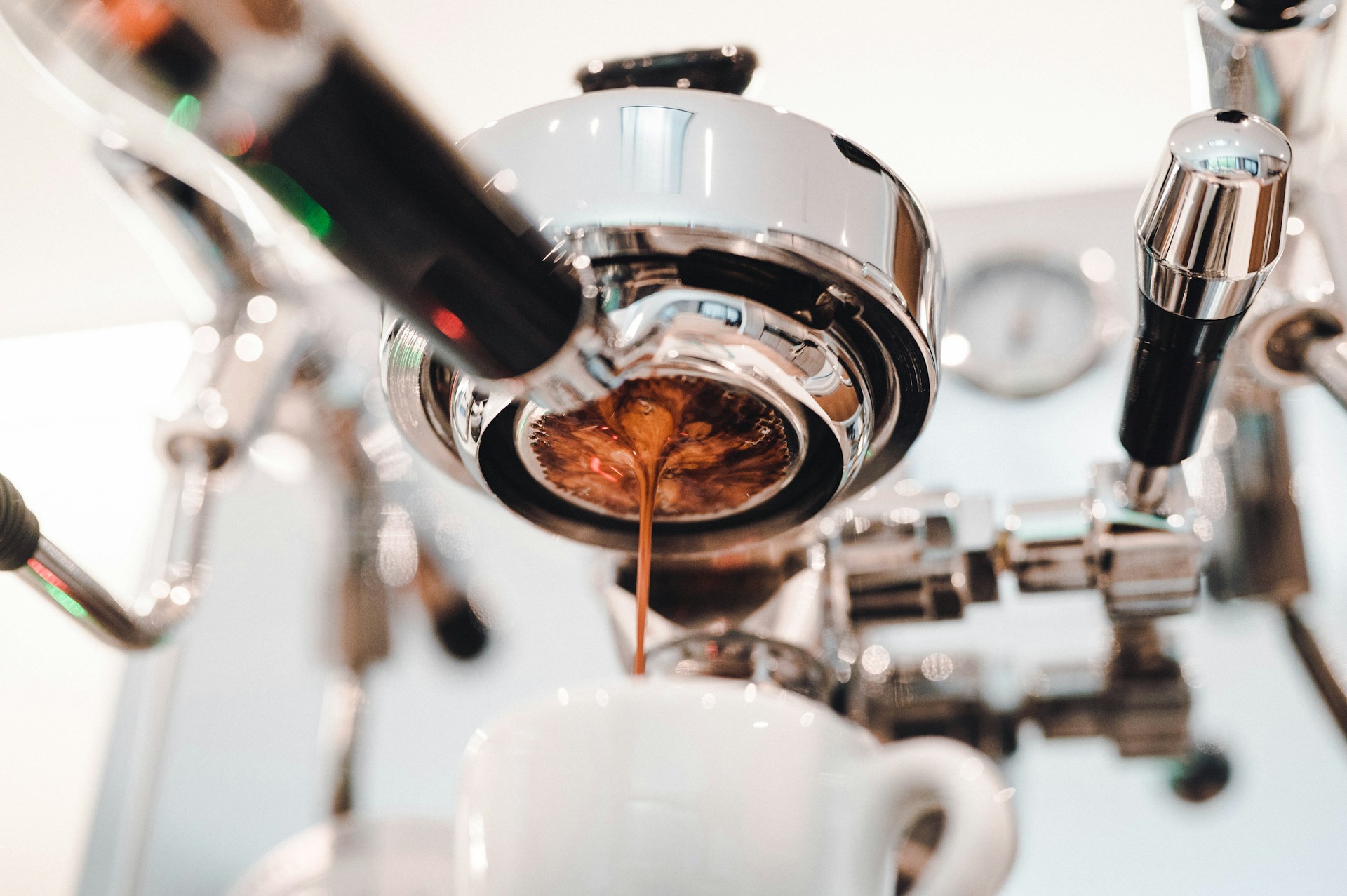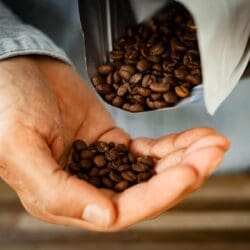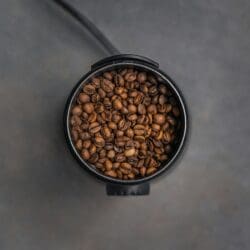Sometimes your morning brew doesn’t taste quite right, and it’s hard to figure out why. The beans might be fresh, and your equipment might be clean, but there’s still something off. Whether it’s too bitter, too weak, or just flat-out disappointing, small issues in the brewing process can make a big difference. Most common brewing problems are easy to fix once you understand what’s causing them.
Dialing in your coffee doesn’t take fancy tools or barista training. With a few simple adjustments to your water, grind, or measuring routine, you can get a much better cup in no time. This breakdown covers a few everyday mistakes that often throw off your brew. Learning how to spot and fix them helps you enjoy more flavor from every batch, whether you’re starting your day or enjoying a quiet afternoon cup.
Water Temperature Issues
If your coffee tastes sour or flat no matter the beans, there’s a good chance your water temperature is the culprit. Water that’s too cool under-extracts the coffee, giving you a weak, tangy taste. On the other hand, water that’s too hot can over-extract the grounds and extract bitter flavors. The sweet spot for brewing is between 195 and 205 degrees Fahrenheit, just below boiling.
Some common reasons why water temp isn’t working include:
– Pouring the water immediately after boiling
– Using a basic kettle without temperature control
– Relying on brewers that don’t heat water properly
A great solution is a kettle with adjustable temperature settings. This helps you keep things consistent and eliminates all the guessing. If you’re not ready for new gear, letting your water sit for 30 seconds after boiling can help bring it into the right range.
To really dial things in, try brewing the same beans at slightly different temperatures. Start at 200 degrees Fahrenheit, then test 195 and 205. Notice how the flavor changes. If it’s sharper, rounder, or more balanced at one of those temps, then you’ve likely found your sweet spot. Once you know what works for your setup, matching that temp every time becomes second nature.
Grind Size Problems
The grind size of your coffee plays a huge role in how your brew turns out. It controls how quickly water flows through your coffee grounds, which affects flavor balance. Grounds that are too fine can clog up the brew, pulling too much flavor and tasting bitter. If they’re too coarse, the water flows too fast, leading to weak or sour coffee.
Matching grind size to your brew method is key. Here’s a simple guide:
– French press: coarse grind (like sea salt)
– Drip coffee makers: medium grind (similar to sand)
– Pour-over: medium-fine grind (between sand and table salt)
– Espresso: fine grind (close to powdered sugar)
Getting this wrong is one of the most common reasons for a bad cup. Thankfully, most grinders come with adjustable settings. Spend some time playing with those dials and tasting the results. It can be surprising just how much a small tweak matters.
If your grinder leaves you with inconsistent particles—some like powder and others like gravel—that affects the brewing speed. Uneven grounds confuse the extraction process. A burr grinder is often better than a blade grinder for this reason. You can also give your grinder a shake halfway through or pulse gently to help with consistency. The more even your grind, the smoother your brew.
Incorrect Coffee-To-Water Ratios
Even when your coffee and grinding are dialed in, it’s easy to end up with something too strong or too watery if the ratio is off. Using too little coffee means weak, washed-out flavor. Too much coffee makes your brew overpowering or bitter. Getting the right ratio is one of the easiest ways to improve your results.
Guessing doesn’t always work, especially if scoop sizes vary. A kitchen scale is more accurate and delivers consistent results once you find your personal preference. A good starting point is a 1:15 or 1:16 coffee-to-water ratio. That means 1 gram of coffee for every 15–16 grams of water.
Common ratios for different brew types:
– Drip machine: 1 to 2 tablespoons per 6 ounces of water
– Pour-over: 25 grams of coffee per 400 grams of water
– French press: 1:12 for strong, 1:15 for medium strength
– Cold brew: around 1:8, since it’s brewed as a concentrate
Find a ratio you like and adjust from there based on the beans or roast. Dark roasts often do better with slightly more water. Lighter roasts may pop more with a stronger mix. Once you have a system down, you can repeat that tasty result day after day.
How Water Quality Shapes Flavor
Water makes up most of your cup, so its quality definitely influences the taste. Even great beans can get ruined by poor water. If your tap water tastes odd, that oddness will show up in your coffee.
Hard water, chlorine, or minerals can clash with your coffee’s natural flavor. You might notice a chalky, dull, or even chemical taste. These problems can come and go, but improving your water setup creates consistency.
Two simple upgrades that make a difference:
– Use filtered water with a basic pitcher or sink-mounted filter
– Try bottled spring water for cleaner, well-balanced flavor
Avoid distilled or softened water. Coffee still needs some minerals to extract well, just not too many. Test your brew by using different water sources. Brew the same coffee with different water types and see how they compare. In many cases, the change is clear and immediate. Clean water helps you taste more of what the beans are actually offering.
Why Stale Beans Kill a Good Brew
Even if everything else about your brewing setup is right, stale beans will drag the taste down. When beans sit around too long, especially with exposure to air or light, the flavors fade. Oils break down and acidity levels change, sometimes turning a good roast into a flat or sour mess. Bad storage is often to blame.
Coffee is freshest within 2 to 4 weeks from roast date. Past that window, oxygen starts eating away at the quality. If your coffee starts tasting dull or papery, your beans might be past their prime.
To keep beans fresh:
– Buy smaller amounts you’ll use in a week or two
– Store them in an airtight container, away from sunlight and heat
– Grind only what you need right before brewing
It’s best to avoid freezing coffee unless needed for long-term storage. Freezing adds moisture, which changes the texture and flavor. One customer left a bag open in a warm kitchen cabinet and was shocked when the brew turned bland after a few weeks. The beans had gone stale from too much exposure.
Fresh beans are the foundation for a great cup. If you’re already putting in effort with your temperature, grind, and ratios, the beans need to hold up their end too.
Your Coffee Routine Deserves Better
You don’t need major equipment upgrades to fix most common brewing problems. Small changes like adjusting your water temperature or tweaking your grind setting can lead to a more flavorful and enjoyable cup. Once you lock down what works well, making great coffee becomes simple and repeatable.
Good habits, cleaner water, and the right measurements all stack up to form a better brew. But even the best technique can fall short without high-quality beans. That’s why fresh coffee, stored right and brewed with care, makes the biggest impact on taste.
If you’re located in Lafayette LA, specialty coffee delivery gives you a reliable way to keep fresh, locally roasted beans on hand. That way, the energy you put into brewing truly pays off with every cup.
No matter how particular you are with your brewing, the freshest beans make all the difference. If you’re looking for specialty coffee delivery in Lafayette LA, our specialty coffee delivery can ensure you’re always stocked with the finest roast to transform your morning routine. At Jet Coffee, we prioritize freshness and quality, helping you achieve that perfect cup every single time.



